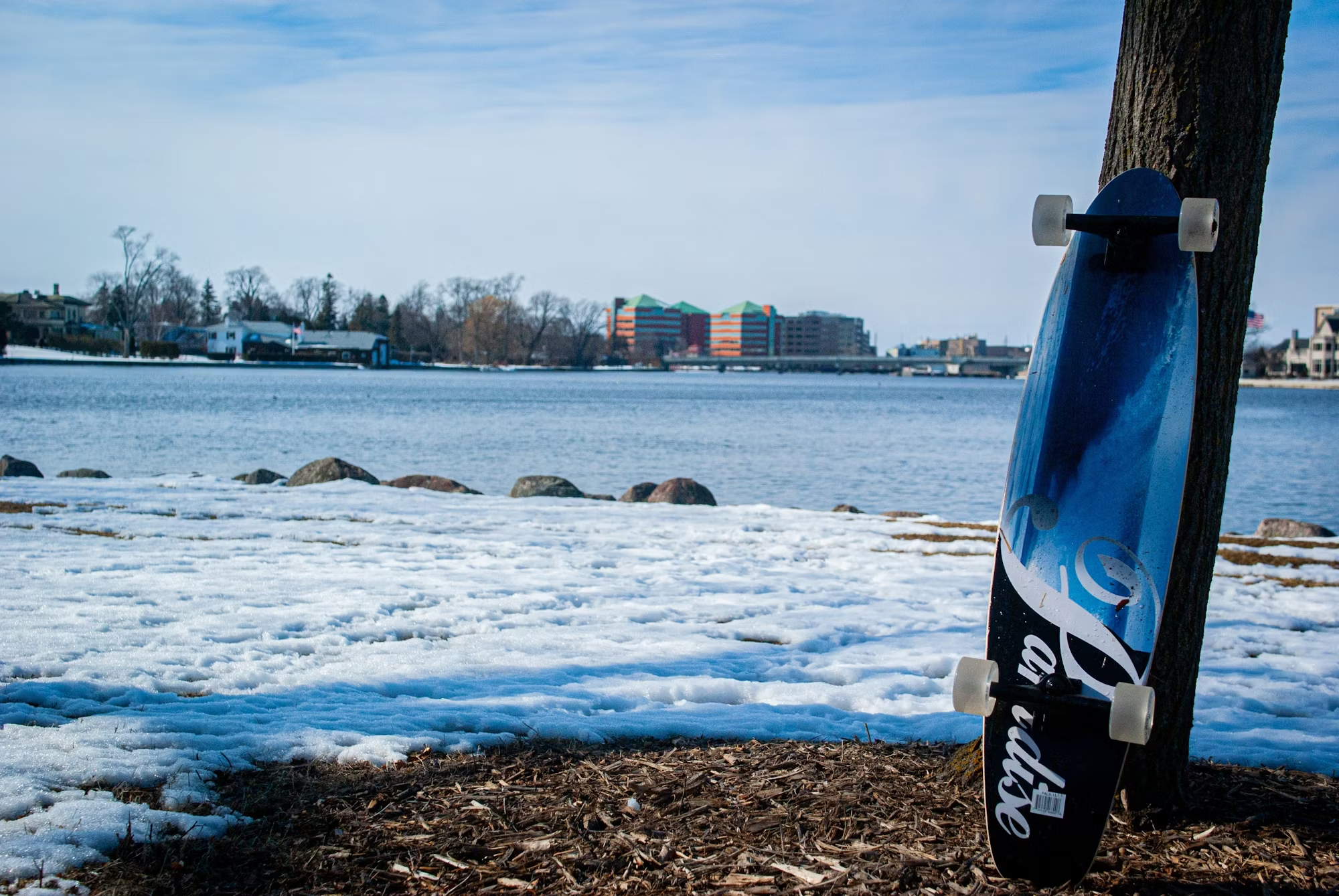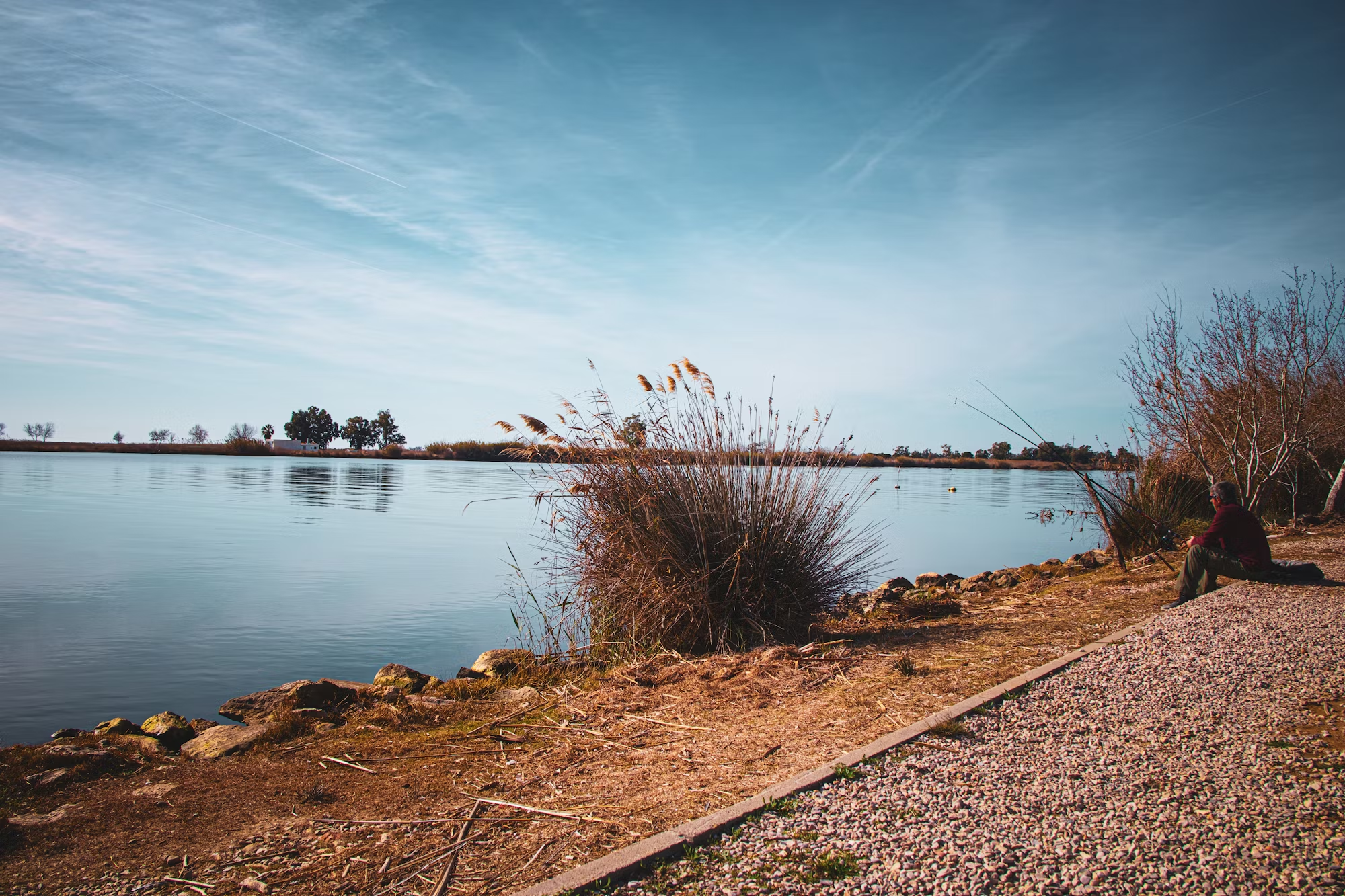Freestyle skateboarding is a captivating and artistic discipline that emphasizes balance, creativity, and individuality. Unlike other styles that focus on speed or specific terrains, freestyle skating is about mastering tricks performed on flat surfaces, showcasing technical prowess and personal flair. This article dives into the world of freestyle skateboarding, exploring its techniques, the artistic expressions it inspires, and its place within the broader skateboarding culture.
Originating in the 1970s, freestyle skateboarding emerged as a response to the growing popularity of skateboarding as a sport. As skaters sought new ways to express themselves, freestyle developed into a distinct style characterized by its emphasis on technical tricks and fluid movements. Riders began to incorporate dance-like motions into their routines, transforming the skateboard into a tool for artistic expression. This evolution allowed skaters to showcase their unique personalities, making freestyle skating a form of art in motion.
At the heart of freestyle skateboarding are the tricks that define the discipline. These tricks range from simple maneuvers like the ollie and kickflip to more complex sequences that require precision and creativity. A common element of freestyle is the combination of tricks, where skaters link several moves together in a seamless flow. This fluidity is what makes freestyle so visually captivating; it’s not just about landing a trick, but about the entire performance.
Balance is crucial in freestyle skateboarding. Riders must develop a strong sense of equilibrium to execute tricks effectively. Many skaters practice on smooth surfaces, focusing on their footwork and weight distribution. The ability to transition smoothly between tricks requires hours of dedication and practice, as riders often strive to perfect each movement. As they become more comfortable on their boards, skaters gain the confidence to experiment with new tricks, pushing the boundaries of what is possible.
One of the most iconic elements of freestyle skateboarding is the use of the skateboard itself as a prop. Skaters often perform tricks that involve spinning the board, using their feet to flip it into the air, or even balancing on the edge. These movements can resemble a dance, with riders expressing themselves through fluid motions and rhythmic patterns. The artistic nature of freestyle skating allows individuals to convey their emotions, making each performance a unique reflection of their personality.
The culture surrounding freestyle skateboarding is rich and supportive. Freestyle skaters often form tight-knit communities, sharing tips, techniques, and encouragement. Local skateparks frequently host freestyle events, where skaters can showcase their skills and creativity in a friendly competition. These gatherings foster camaraderie, allowing participants to learn from one another and celebrate their shared passion for the sport. The sense of belonging found within these communities is invaluable, especially for young skaters seeking connection and support.
Moreover, freestyle skateboarding encourages creativity beyond tricks. Skaters often develop their own unique styles, incorporating elements from other disciplines such as dance, martial arts, and gymnastics. This blending of influences creates a dynamic and ever-evolving form of expression that resonates with skaters around the world. The diversity within freestyle skating reflects the individuality of its practitioners, with each rider bringing their own flair to the art.
As freestyle skateboarding continues to gain popularity, it has also attracted attention from the broader skateboarding community. Skateboarding events, such as competitions and exhibitions, often include freestyle categories, showcasing the discipline’s artistic merits alongside other styles. This inclusion highlights the importance of freestyle as a legitimate form of skateboarding, earning it recognition and respect within the sport.
The rise of social media has also played a significant role in promoting freestyle skateboarding. Platforms like Instagram and TikTok provide skaters with a space to share their tricks, routines, and creativity with a global audience. Skaters can showcase their skills, connect with others, and inspire newcomers to explore freestyle. The ability to share videos and tutorials has helped demystify the discipline, making it more accessible to aspiring skaters.
In addition to its artistic expression, freestyle skateboarding offers numerous benefits for personal development. The discipline teaches essential life skills, such as patience, perseverance, and goal-setting. Learning a new trick can be challenging, and skaters often face setbacks along the way. However, the process of pushing through these obstacles fosters resilience, encouraging individuals to keep striving for improvement. These lessons extend beyond skating, equipping young people with the mindset needed to tackle challenges in various aspects of life.
Furthermore, freestyle skateboarding has been embraced as a valuable tool for youth engagement. Educational programs incorporating skateboarding have emerged, recognizing its potential to foster creativity and teamwork among participants. These initiatives often emphasize inclusivity and provide opportunities for young people from diverse backgrounds to learn skating while building confidence and friendships. The community aspect of freestyle skateboarding is particularly significant, as it creates a supportive environment for young skaters to thrive.
As we look to the future, it is evident that freestyle skateboarding will continue to inspire creativity and connection within the skateboarding community. Its emphasis on individuality and artistic expression resonates deeply with skaters, encouraging them to embrace their unique styles. As more individuals discover the joys of freestyle skating, the discipline will undoubtedly evolve, pushing the boundaries of what is possible on a skateboard.
In conclusion, freestyle skateboarding is a dynamic and artistic discipline that celebrates balance, creativity, and individuality. Through its emphasis on technical tricks and fluid performances, freestyle has carved out a significant place within the broader skateboarding culture. The supportive communities that surround freestyle skateboarding foster camaraderie and personal growth, while the artistic expression it inspires enriches the sport as a whole. As freestyle continues to flourish, it will remain a testament to the creativity and passion of its practitioners, inspiring future generations to embrace the art of skating.



